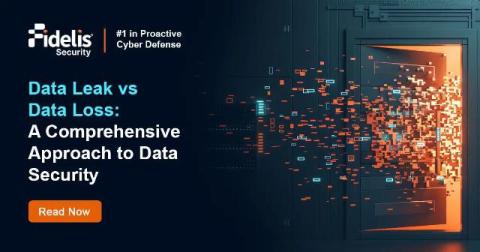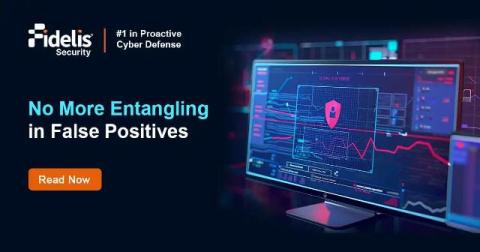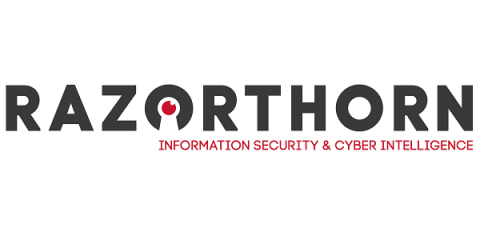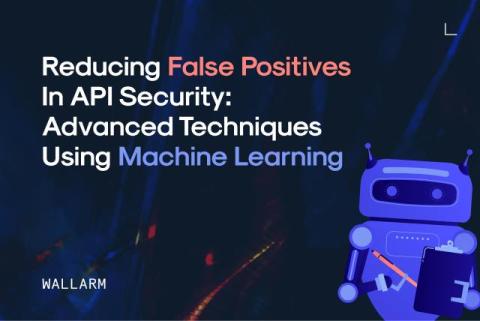Cybersecurity Budgets Are Increasing, but Security Leaders Don't Think It's Enough
Despite the belief that today’s SOC should be doing the lion’s share of protecting an organization, new data shows reliance on more than just security teams is needed. Many of our blogs have something to do with the increasing risk of cyber attacks. So, it’s natural to see that organizations are increasing cybersecurity budgets. But according to Red Canary’s 2024 Security Operations Trends Report, it might not be enough to address the evolving threat landscape.











